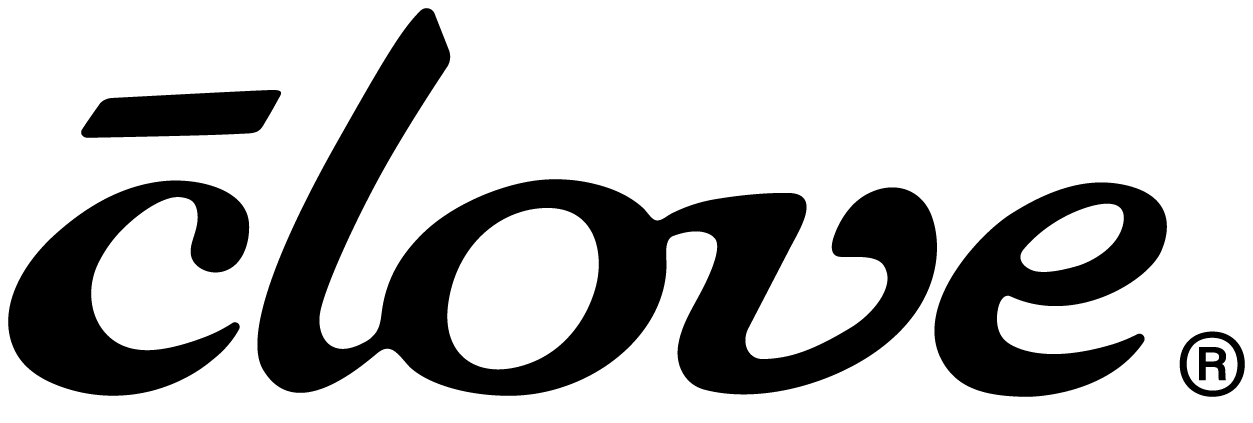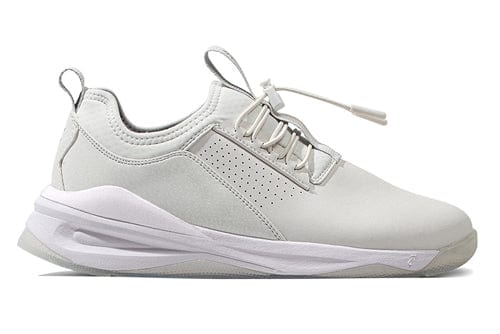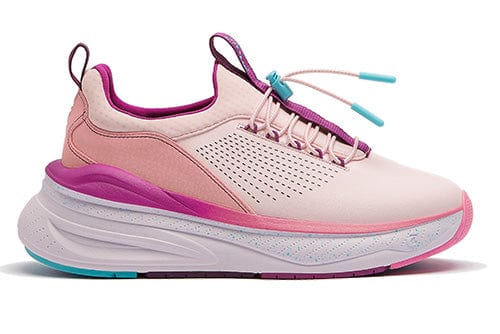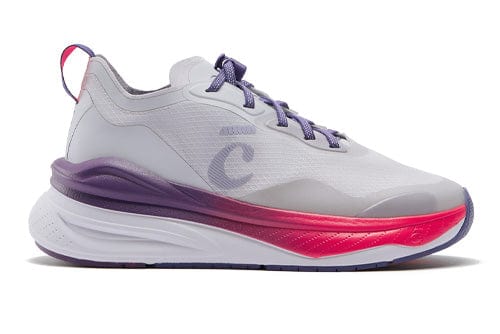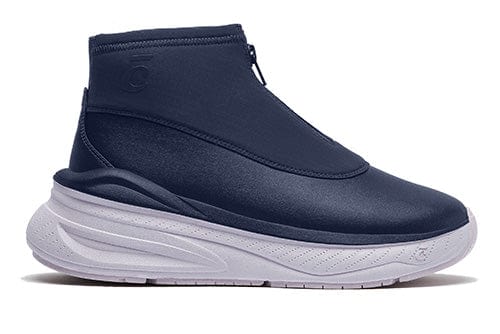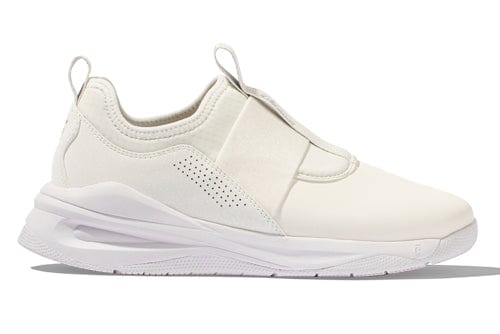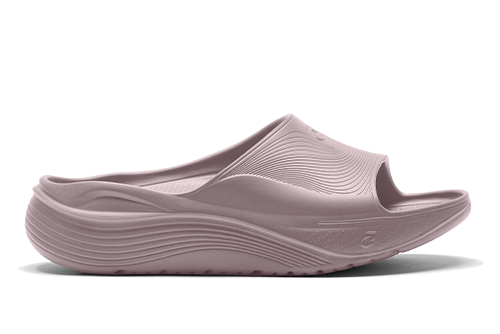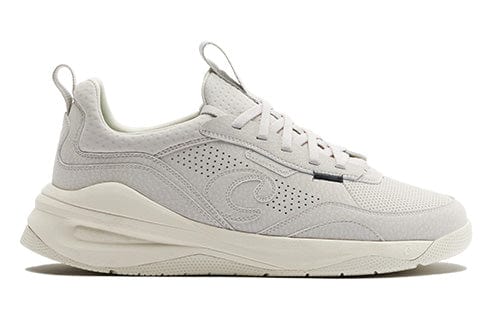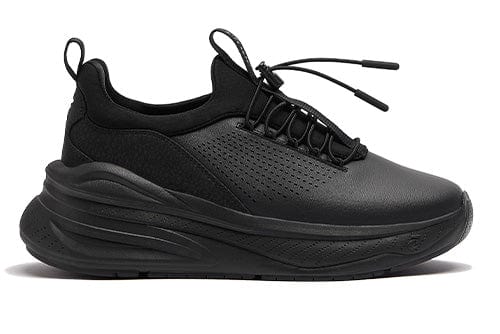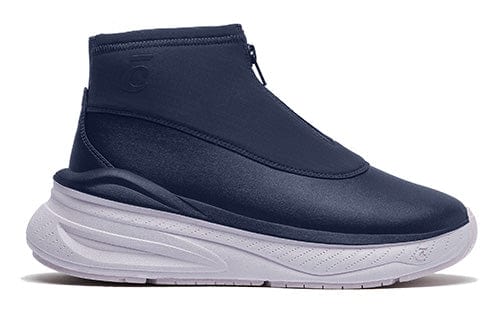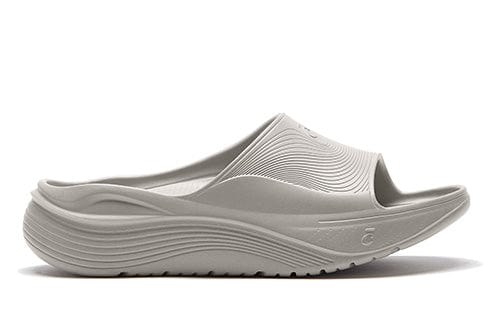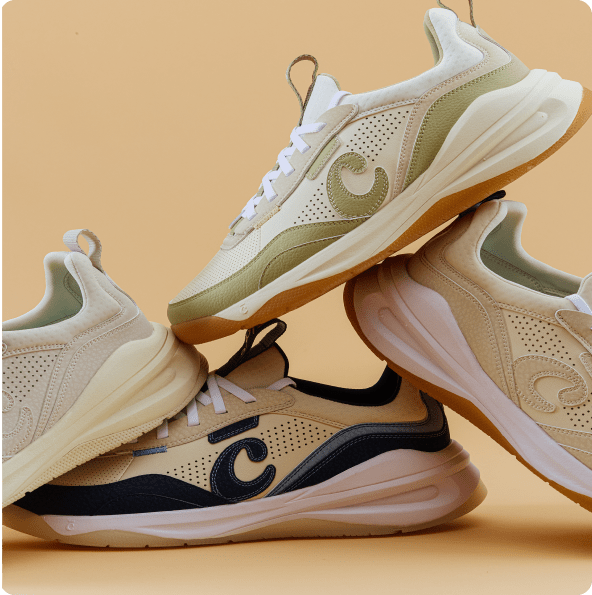Fitness Goals: Examples and How to Set Them
Setting fitness goals is one of the best ways to stay motivated, track progress, and create long-term healthy habits. But let’s be real—how many times have you started a new workout routine only to lose steam after a few weeks? You’re not alone. Many people struggle to stay on track, often because they don’t have a clear plan or a way to measure success.
But how do you know if your fitness goals are realistic? In this guide, we’ll discuss what are fitness goal examples, how to create a plan using SMART goals, and ways to stay on track. Plus, we’ll introduce you to Clove sneakers, the perfect companion for achieving your fitness goals one step at a time.
What Are Fitness Goals and Why Do They Matter?
Fitness goals are personal targets that guide your workouts and overall physical activity. These goals can be big or small, short-term or long-term, but the key is that they give you a sense of direction.
Why Setting Goals Is Important
Learning how to set fitness goals properly is essential. Whether you want to build strength, improve flexibility, boost endurance, or simply move more daily, having well-defined goals gives you something to work toward.1
Here are some of the reasons why you should set your goals properly:
- Keeps You Focused: Without a clear goal, it’s easy to lose motivation or become inconsistent with your routine.
- Boosts Motivation: Seeing small progress—whether it’s lifting heavier weights or increasing your minutes of daily movement—keeps you engaged.
- Encourages Consistency: Having structured goals helps you stay committed to a plan rather than working out aimlessly.
- Allows for Tracking: Knowing where you started and how far you’ve come can help you make necessary adjustments along the way.
So, how do you set fitness goals that actually work? That’s where the SMART method comes in.
4 Examples of Fitness Goals for Different Lifestyles
No two fitness journeys are alike. Your goals should align with your lifestyle, capabilities, and personal aspirations. Below are examples of short-term fitness goals and long-term goals tailored for various fitness levels.
#1 Strength Training Goals
Building muscle strength and endurance takes time, but setting clear targets can keep you motivated. Strength-focused goals often involve progressive overload, where you gradually increase the weight or reps to build power and endurance.
- Increase muscle mass by lifting heavier weights over months.
- Complete a set of push-ups or pull-ups without stopping.
- Improve overall body strength by focusing on full-body workouts at least three times per week.
#2 Cardiovascular and Endurance Goals
Cardiovascular goals help those aiming to improve heart health and stamina push their endurance levels while making workouts more challenging.2 Whether you're a runner, cyclist, or someone who enjoys brisk walks, these goals can help you stay consistent.
- Run a 5K, 10K, or half-marathon within the next six months.
- Increase your running pace to improve cardiovascular endurance.
- Walk 10,000 steps per day as part of a consistent exercise routine.
#3 Flexibility and Mobility Goals
Mobility and flexibility are key for injury prevention and long-term fitness.3 Incorporating stretching exercises, yoga, or mobility drills can help improve your posture, prevent stiffness, and boost overall athletic performance.
- Hold a deep squat for one minute to improve mobility.
- Add stretching to your routine at least **four times per week.
- Improve yoga poses, such as touching your toes or mastering a headstand.
#4 Weight Loss and Body Composition Goals
Whether your goal is fat loss, muscle toning, or body recomposition, having a clear plan ensures that you stay focused and see gradual progress.
- Reduce body fat percentage over a period of months.
- Increase muscle tone through a combination of strength training and cardio.
- Achieve a healthy weight target by maintaining a balanced diet and exercise routine.
Walking as a Fitness Goal
Why is walking good for you? Walking is one of the most accessible and effective ways to stay active. Whether you’re aiming for general health improvement or integrating it into a larger fitness plan, setting a step goal can help keep you accountable.
If you’re wondering what is a good step goal, it depends on your current fitness level and lifestyle.
- Hit a step goal of 7,000–10,000 steps per day.
- Use a pedometer to track steps and gradually increase the weekly total.
- Improve overall fitness by incorporating daily walks into your routine.
By setting short-term fitness goals that lead to long-term fitness goals, you create a sustainable approach to health and movement. Whether it’s cardio, strength training, or flexibility, having structured goals ensures consistent progress.
How to Set and Achieve Your Fitness Goals
Knowing how to set fitness goals properly is just as important as having them in the first place. One of the best ways to ensure success is by using the SMART goals method.
The SMART Goal-Setting Formula
Setting SMART goals ensures that your fitness journey stays structured and achievable. Instead of vague ambitions, this method helps you create clear, actionable steps to success.
Specific: Clearly Define Your Goal
A well-defined goal eliminates the guesswork. Instead of saying, "I want to get stronger," try, "I want to increase my squat weight by 20 lbs in 3 months." A specific goal helps you focus your workouts and track progress effectively.
Measurable: Track Your Progress
A goal should include measurable benchmarks so you can monitor improvement. For example, "I will do three strength training sessions per week to increase my weightlifting capacity." Tracking helps you adjust your plan when necessary and stay motivated.
Achievable: Keep It Realistic
While ambitious goals are great, they should still be attainable. Jumping from two workouts per week to seven is unrealistic. Instead, ease into it: "I’ll work out four days per week instead of seven." Small, sustainable changes prevent burnout.
Relevant: Align with Your Fitness Goals
Make sure your goal matches your overall fitness aspirations. If endurance is your focus, try: "I want to improve my endurance so I can run a half-marathon next year." A relevant goal keeps you engaged and on track.
Time-Bound: Set a Deadline
A goal without a timeline often gets pushed aside. Giving yourself a realistic deadline, like "I will reach my goal within 12 weeks," keeps you accountable. A clear timeframe adds urgency and helps you stay committed.
By following the SMART method, you turn fitness aspirations into achievable milestones, making success more tangible and rewarding.
Tracking Progress and Staying Motivated
Even the best fitness goals can be hard to maintain without proper motivation. Here are some ways to stay on track:
- Use a fitness app or journal to track your workout results.
- Take progress photos to visualize body composition changes.
- Adjust your routine based on how your body feels—don’t be afraid to tweak your workouts for better results.
- Find a workout buddy or a personal trainer for extra accountability.
- Reward yourself with non-food incentives (e.g., a new pair of sneakers or a relaxing massage).
Clove Sneakers: Supportive Footwear for Walking
The right footwear can make or break your fitness journey. Whether you're aiming for a higher step goal, training for endurance, or simply trying to stay active daily, having supportive shoes is key. Meet Clove sneakers—a game-changer for anyone looking to stay comfortable while hitting their fitness goals.
Here are some reasons why Clove Sneakers are perfect for an active lifestyle:
- Designed for Comfort: Long walks, gym sessions, or standing for extended periods require a good pair of shoes with cushioning and arch support. Clove sneakers offer a comfortable fit, helping to reduce foot fatigue while keeping you moving.
- Supportive Soles for Every Step: A solid training or walking routine requires shoes with proper stability. Clove sneakers have well-structured insoles that support every step, making them ideal for daily movement and preventing strain on the feet.
- Lightweight and Breathable: Nobody likes heavy shoes weighing them down during a workout or fitness activity. Clove sneakers are made with lightweight, breathable materials that keep your feet feeling fresh and comfortable throughout the day.
- Stylish Yet Functional: Who says fitness shoes can’t be stylish? Clove sneakers combine sleek design with top-notch functionality, ensuring you don’t have to compromise on style while working toward your goals.
Walk Your Way to a Healthier Life
Setting and achieving fitness goals doesn’t have to be complicated. Whether you’re aiming for a specific step goal, looking to build strength, or simply wanting to improve your overall health, consistency is key. By using the SMART goals method, tracking your progress, and investing in the right footwear, you can make your fitness journey enjoyable and sustainable.
Ready to take the next step? Explore Clove’s newest releases to find the perfect pair of sneakers to support your fitness goals. Whether you're focusing on daily walking, workouts, or overall movement, Clove has a style that fits your needs. Find your style today.
Sources:
- Australian Fitness Academy. The importance of setting fitness goals. https://www.fitnesseducation.edu.au/blog/fitness/the-importance-of-setting-fitness-goals/
- WebMD. What Is Cardiovascular Endurance? https://www.webmd.com/fitness-exercise/what-is-cardiovascular-endurance
- Elite Myotherapy. The Importance of Flexibility and Mobility for Injury Prevention. https://elitemyotherapy.com.au/flexibility-and-mobility-for-injury-prevention/
